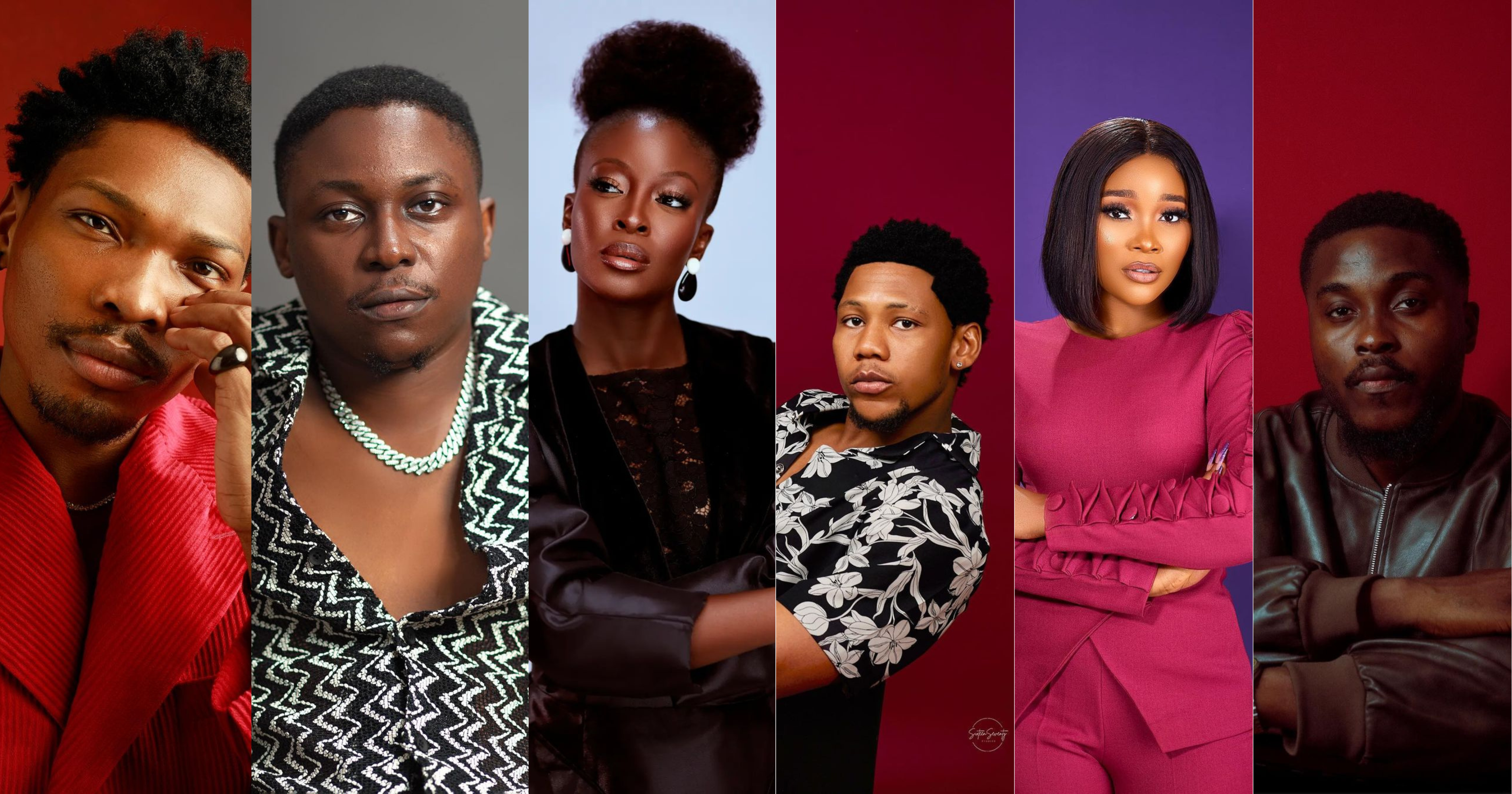It is a very thin line between inspiration and imitation in the fashion world as there is no clear-cut originality in fashion. As much as it is not a one-size-fits-all in fashion, there is what we call fashion inspiration, particular to each designer which then gives forth to copyright in the ever-artistic and innovative world of fashion. Every designer uses the same clothing materials, colors, and shapes, but the line of inspiration is drawn from how each designer assembles each material into a unique work of art. It is when a unique piece is not modified and assembled into another unique piece that we have fashion imitation which then brings forth issues of fashion copyright.
The topic of fashion copyright has always been a thing in the Western world as many reputable fashion brands have made copyright cases out of identical copies of their works of art— Christian Louboutin, Levi Strauss, and the recent imitation claim by Clint419 against Palace as regards ripping off Corteiz’s Brazil tracksuit being notable examples.
In January 2024, Levi Strauss accused the Italian luxury fashion brand, Brunello Cucinelli of copying its trademark rectangular pocket tab in a serious copyright case. A series of copyright notes were sent and Levi Strauss eventually filed a case in a Federal court in Oakland, California. In the pleadings, Levi Strauss elucidated that Brunello Cucinelli had been selling clothes that contained “nearly identical” copies of its pocket tab which the retailer of denim and other clothing lines trademarked in 1938, providing 14 photos as evidence of the copyright infringement.
However, after a series of settlement talks to see how each party can be satisfied, Levi Strauss recently sent a notice to dismiss the case. Similarly, many contemporary fashion stakeholders are urging Clint419 to drop the copyright claims against Palace as it is a negligible imitation that is not strongly entrenched in copyright issues.

This now leaves us with the mind-boggling question, “Is there clear-cut copyright infringement in fashion?” The legal determination of major fashion copyright cases like the Levi Strauss case, the Christian Louboutin case, the Adidas V. Thom Browne case, and the no-copyright sentiment surrounding the Clint419 copyright claims goes further to blur the thin line between imitation and inspiration in the fashion world.

The view from the African scene has it that it has not been long since the issue of copyright started gaining ground in African fashion. Little did African fashion curators, stakeholders, and the general community take serious note of fashion copyright until these contemporary times.
The copyright claims of fashion influencer, Hafasah Mohammed, popularly known as Hafymo as regards her supposed “exclusive” $5,000 wedding outfit is now the copyright subject of the Nigerian Fashion scene. This particular case is a bit different from the conventional fashion copyright cases which are usually between two brands. Here, it involves the exclusivity of a fashion piece to which a particular party is claiming copyright.
Hafymo claims that popular lifestyle influencer Tayo Idowu, popularly known as Thayour B wore a redesigned exclusive wedding outfit of hers for her wedding this year — lashing out at her designer, Deola Sagoe.

Hafymo claims that her designer, Deola Sagoe charged her $5.000 for an exclusion wedding outfit in 2022 which now turns out non-exclusive in 2024 with Deola Sagoe recreating the exact design for Thayour B. Hafymo claims that she agreed to an exclusive and custom-made dress for her wedding but to her disappointment, the exclusivity is breached two years later. She goes on to show her detest, pointing out that fashion copyright is not taken seriously in this part of the world. Though Hafymo is not pressing charges as at the time of press, many African fashion stakeholders and community experts have shown support for her exclusivity beliefs while others are not taking it as a serious copyright infringement.
In reply to Hadassah Mohammed, Deola Sagoe expressly states that all her clients have no exclusivity to their dresses as there was no express legal agreement between herself and Hafymo to that effect. In an Instagram post, Deola states that all client designs are curated not by the clients themselves but by the brand’s research team, and belong to the intellectual property of Deola Sagoe Limited.

This copyright issue then brings to the fore the question of client exclusivity in fashion copyright. Many fashion stakeholders are now drawing conclusions that even if all designs are the intellectual properties of Deola Sagoe Limited, Hafymo must have stated that she wanted a custom-made exclusive dress that excludes her design from recreation — according to the norm of fashion copyright.
In the end, we are back to the baseline of fashion being devoid of originality. Certain fashion idiosyncrasies are indeed peculiar to certain fashion brands, but it is noteworthy to bear in mind the fact that fashion is an inspiration of antique and contemporary clothing artistry which form the dazzling and unique varieties we see in clothing pieces. Hence, the line between imitation and inspiration is very thin, sometimes non-existent, even though there are copyrights to certain fashion pieces.









